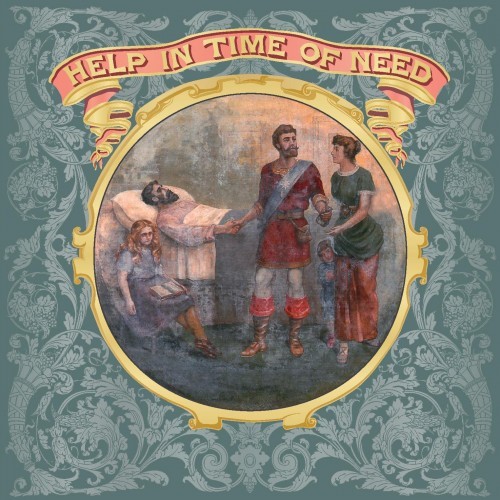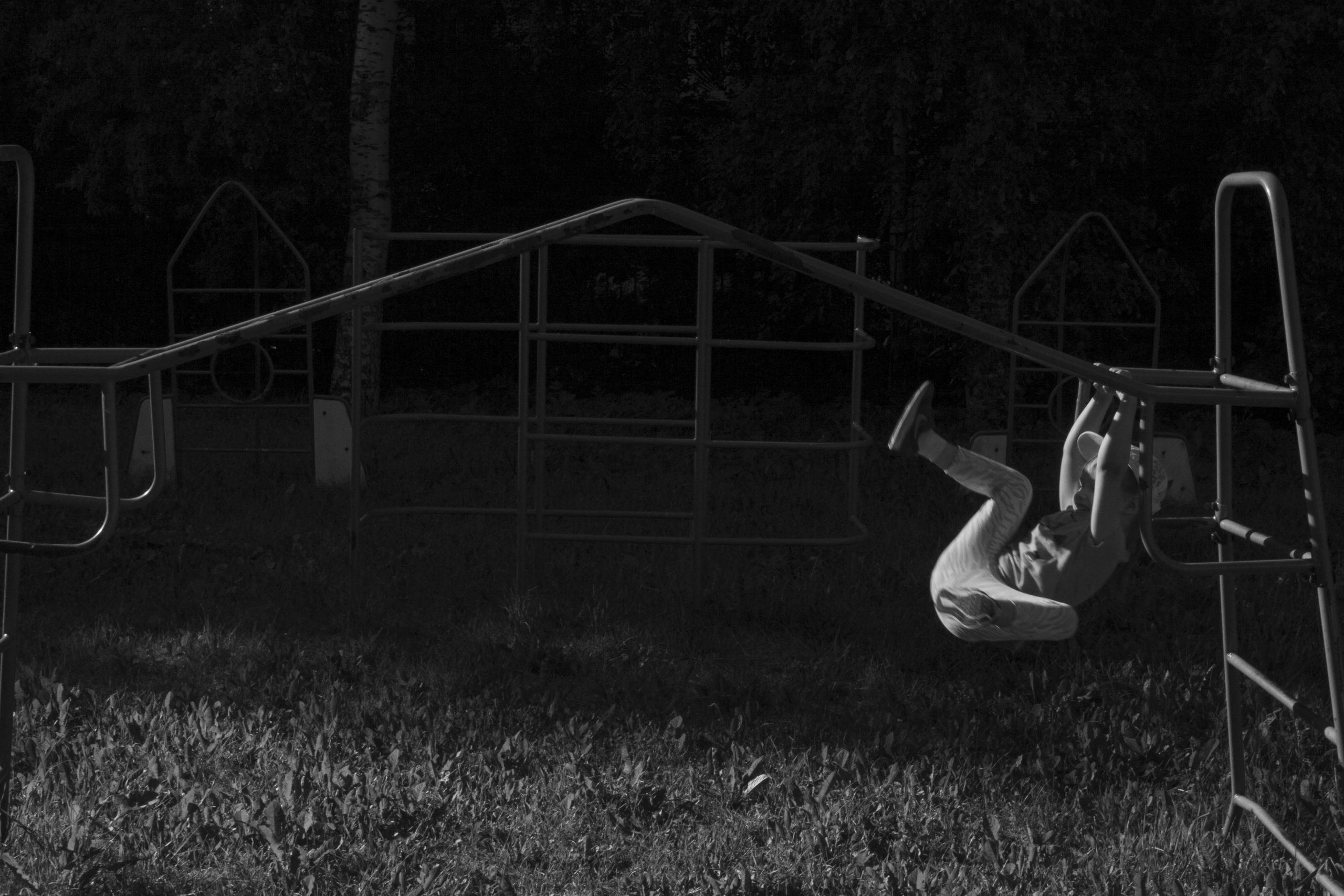The Industrial Revolution is often seen in disability studies as a time of increasing marginalization for disabled people. However, the emerging labour movement also allowed some disabled people to find a political voice.
Disability activism refers to collective political action taken by and for people with disabilities. It is concerned above all with reframing disability as a social and political issue pertaining to equal rights and social justice, rather than as a medical problem. Anglo-American scholars of disability have located the emergence of activism in its modern sense in the rise of schools for blind and deaf children during the nineteenth century. The experience of institutional education fostered both a sense of disabled people’s segregation from society and gave them the tools to fight for better treatment. Organisations such as the General Welfare of the Blind, established by Elizabeth Gilbert in England in 1854 to campaign for better employment prospects for visually impaired people, and the National Association of the Deaf, established in the United States in 1880, were early examples of campaigning movements led by Deaf and disabled people. They were the forerunners of the modern disability rights activism that emerged out of the civil rights movement in the 1960s and 70s.
My keynote paper at ‘Experiences of Dis/Ability’, held at the Centre for the History of Experience, University of Tampere from 21-23 August 2019, explored an earlier politics of disability. Viewing disabled people’s past political lives through the lens of modern disability activism ignores the varieties of political activity in which we find disabled actors in the past. The campaign for factory reform in early nineteenth-century England provides one such sphere of political activity in which physically impaired people played an important role.
The effects of industrial manufacturing on the bodies of workers had caused concern from the outset of the Industrial Revolution. Concerns about the wellbeing of young workers had led to legislation in 1802 that limited the working day to twelve hours and sought to provide limited education to pauper apprentices bound to work in factories, but these regulations were difficult to enforce without adequate inspection.
Further legislation in 1819 forbade children under the age of nine from being employed in cotton mills and limited the working day to twelve hours for under sixteens, but the law was widely evaded. By the early 1830s, a political movement had emerged in the textile manufacturing towns of Lancashire and Yorkshire to campaign for legislation that would enforce a ten hour working day for child workers. Worker-led short time committees were established across the region to drum up support for reform, while fiery orators such as the middle class Tory radical Richard Oastler vividly decried the suffering of England’s ‘factory slaves’ at public meetings.
At the centre of factory reform rhetoric was the figure of the ‘factory cripple’, worn down and debilitated by his or her exposure to factory work. Medical men attributed a wide range of impairments to the effects on young bodies of standing for long hours or undertaking the repetitive tasks typical of mechanized labour. These included legs becoming ‘crooked’, pelvic deformities in girls that threatened their future ability to bear children, and a general ‘debility’ that made factory workers susceptible to diseases and led to premature ageing. Campaigners claimed that someone who had worked in factories from an early age could be easily recognized in the street due to their distinctive ‘deformed’ appearance. They gathered data about the number of ‘cripples’ made by factory work in their districts and used this to push for reform.
The ‘factory cripple’ symbolized the horrors of the factory system, but workers with impairments were not passive figures in the campaign for legislation. Drawing on research that I am currently undertaking with Dr Daniel Blackie (University of Oulu), my paper discussed various sites of activism where we can find disabled actors. Workers with physical deformities appeared at meetings to provide visual proof of the effects of factory labour. They marched through the streets of large industrial towns such as Manchester. Sometimes protesters carried banners depicting the ‘crooked’ bodies of impaired workers that appropriated the anti-slavery slogan ‘Am I not a Man and a Brother’ to indicate their solidarity with their ‘suffering’. When a Royal Commission was set up to investigate conditions of work in factories in 1833, deputations of disabled children were sent to meet the Commissioners and present petitions documenting their plight. Disabled factory workers presented their stories to official enquiries, claiming authority from their experiences to speak out against abuses and exploitative conditions.
In the early 1840s, William Dodd, a self-styled ‘factory cripple’, toured manufacturing regions interviewing other disabled workers and related their experiences. His investigations went beyond the factory reform movement’s concerns with the effects of working long hours. He drew attention to other problems faced by disabled people in industrial towns and cities, including the lack of compensation, social isolation, the cost of medical care and the problems of finding meaningful work. He envisaged ‘factory cripples’ as sharing a common cause that demanded social action.
The campaign for factory reform had some success. The 1833 Factory Act banned the employment of children under nine in factories, reduced working hours to eight per day for workers aged nine to thirteen, and introduced limited inspection. Further legislation in 1844 mandated the fencing off of dangerous machinery, and in 1847 a law was finally passed to reduce the working day to ten hours for women and older children. The wider issues of compensation for disabled workers raised by Dodd, however, remained unresolved.
Exploring the factory reform movement from a disability perspective allows us to reframe it as an opportunity for disabled people to discuss their lives and highlight injustices. The Industrial Revolution is often seen in disability studies as a time of increasing marginalization for disabled people. However, the emerging labour movement also allowed some disabled people to find a political voice. For some this came at a cost. Those who spoke out against conditions in factories faced dismissal from work. Their history matters as much as that of more recent disability activists.







